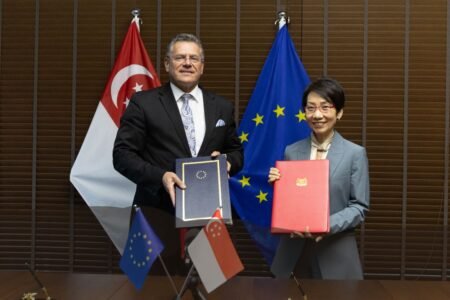— last modified 05 December 2017
There was little improvement in EU Member States’ 2050 climate plans between 2015 and 2017, new analysis from WWF shows.
This makes the proposed Regulation on the Governance of the Energy Union, currently under discussion, critical to ensuring EU Member States produce effective long-term emissions reduction strategies.
WWF found that just thirteen EU Member States had submitted long-term climate plans by 2017 – four years after all 28 were required by EU law to deliver them – and that those 13 are very uneven in quality.
“EU Member States agreed to make long-term plans for reducing emissions when they signed up to the Paris Agreement. These plans are essential for tackling climate change. However, experience shows that without clear EU rules and some decent guidance, Member States are going to push climate plans down their priority lists”, commented Imke Lübbeke, Head of Climate and Energy at WWF European Policy Office.
“It is therefore crucial that the Energy Union governance regulation – the rules of climate and energy planning – ensures Member States deliver ambitious and coherent 2050 climate strategies covering the whole economy on time. The European Commission should also provide guidance to help Member States produce higher quality strategies”, added Lübbeke.
The WWF EU LIFE-funded MaxiMiseR project analysis also found:
- The quality of EU Member States countries’ 2050 climate plans – or ‘low-carbon development strategies’ (LCDS) in EU terminology – varies from 78% in the case of France to 25% in the case of the draft LCDS from Cyprus (see table below).
- Only six of the thirteen national LCDS have emissions reductions targets in line with the pre-Paris Agreement EU goal of 80-95% cuts by 2050 compared to 1990 levels – the other seven were even lower. Since the Paris Agreement raised the level of global ambition, the emissions reductions by developed countries such as EU Member States should also be increased.
- The thirteen LCDS submitted or updated in 2017 have an average score of 56%, which is slightly higher than the 2015 average of 50.5%. This small improvement is thanks to the quality of the new LCDS as well as the strengthening of some of the updated LCDS.







